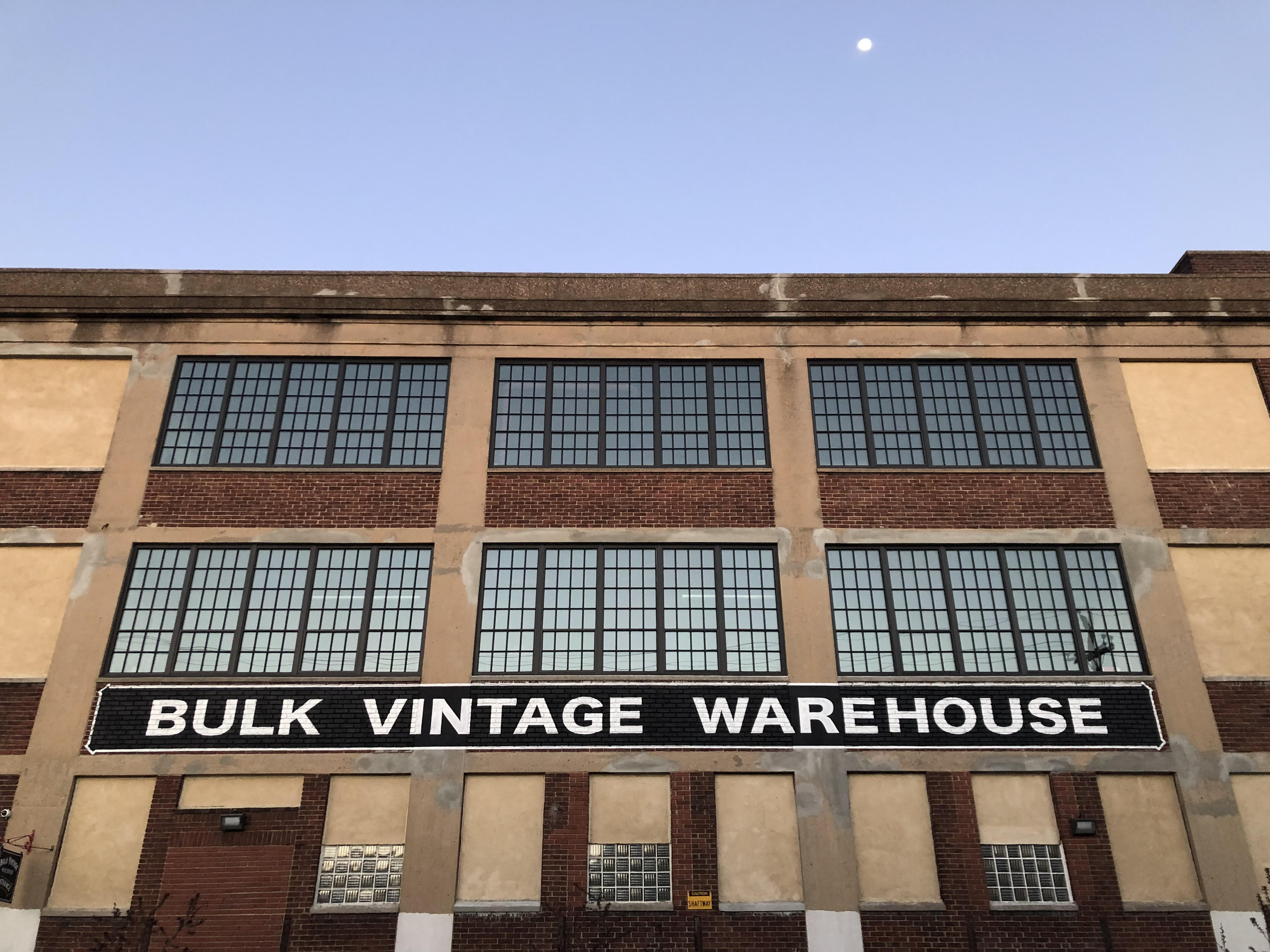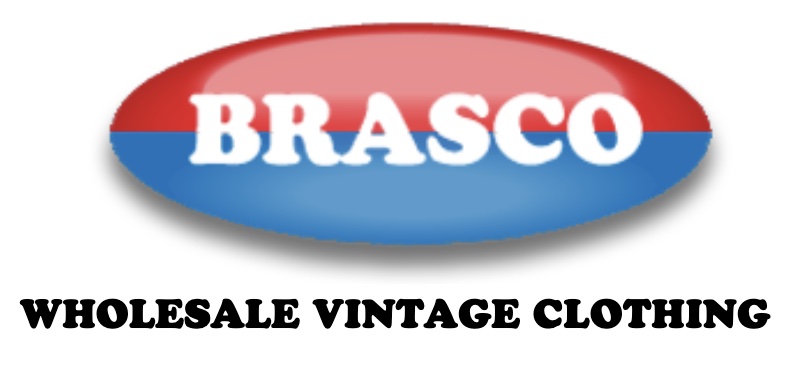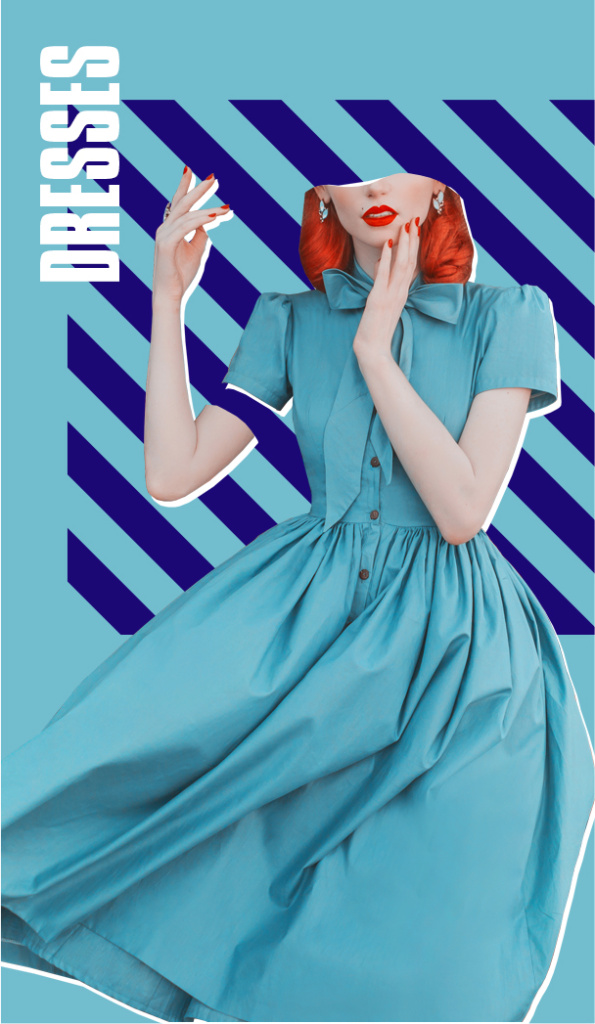### 1. **Define Your Niche**
Vintage clothing spans several decades, and styles can vary dramatically from the 1920s flapper dresses to the bold prints of the 70s. Decide if you want to specialize in a specific era or offer a wide range of decades.
### 2. **Source Your Dresses**
- **Local Estate Sales and Auctions:** Great sources for finding unique and high-quality vintage pieces.
- **Online Wholesalers:** Websites like LA Vintage, Bulk Vintage Clothing, or Raghouse are popular for sourcing wholesale vintage clothing.
- **Thrift Stores and Garage Sales:** Often overlooked, these can be gold mines for vintage finds.
- **Specialized Vintage Shows or Fairs:** Events specifically tailored to vintage and antique items.
### 3. **Inspect Quality**
Vintage items can vary greatly in condition. Check for:
- **Overall Wear and Tear:** Look for signs of excessive wear, stains, or odors.
- **Fabric Integrity:** Make sure the fabric is still robust enough for wear; some old fabrics can be very delicate.
- **Alterations and Repairs:** Note any modifications that might affect the item's value or appeal.
### 4. **Understand Pricing**
Pricing can be tricky with vintage items due to their unique nature. Factors influencing the price include rarity, demand, condition, and historical significance. Research is key.
### 5. **Authenticity and Era Accuracy**
Make sure the items are genuinely vintage and not vintage-style reproductions. Learn the distinguishing features of different eras (labels, cuts, materials, and manufacturing techniques).
### 6. **Storage and Care**
Vintage clothing requires careful handling and storage to preserve its condition. Avoid plastic bags; opt for breathable materials. Keep items in a cool, dry place away from direct sunlight.
### 7. **Marketing Your Collection**
- **Photography:** High-quality images that highlight the unique features of each piece.
- **Storytelling:** Share the history and stories behind your pieces to connect with customers.
- **Social Media:** Platforms like Instagram and Pinterest are great for reaching vintage lovers.
### 8. **Legal Considerations**
Ensure you have the appropriate business licenses and understand import/export regulations if you are sourcing from overseas.
### 9. **Building Relationships**
Establishing good relationships with suppliers can lead to better prices and first picks on the best stock.
### 10. **Education**
Continuously educate yourself about vintage fashion history and trends. This knowledge can be a significant asset in buying, pricing, and selling your garments.
By following these steps, you can successfully enter the world of wholesale vintage dresses, whether for business or pleasure.

3024 × 4032
Source:1.2MB

480 × 640
Source:68KB

1478 × 1100
Source:110KB

410 × 656
Source:100KB

368 × 804
Source:56KB

1024 × 595
Source:210KB

640 × 480
Source:65KB

1478 × 1100
Source:58KB

550 × 550
Source:36KB
![]()
1125 × 750
Source:106KB
